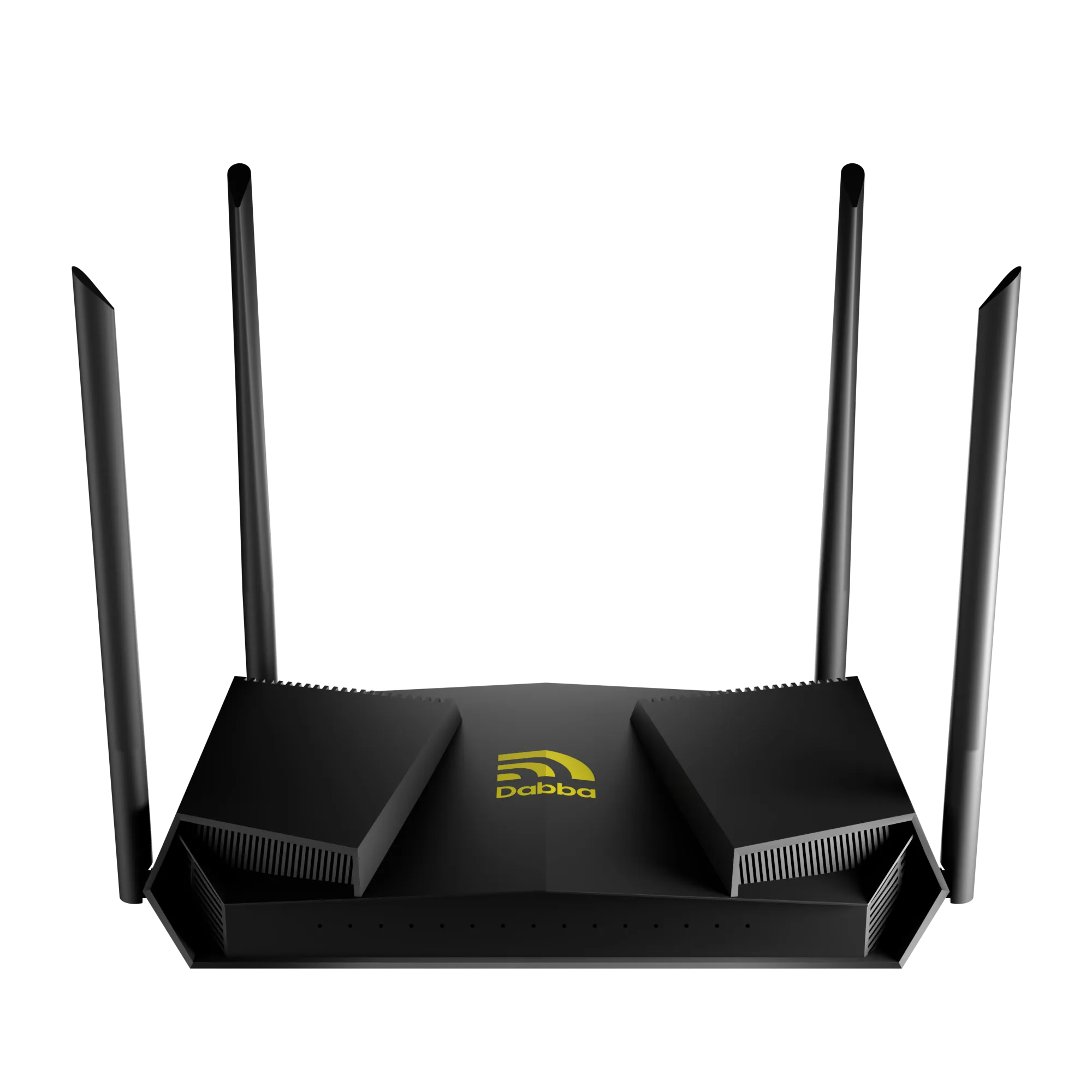As the demand for real-world blockchain utility grows, Decentralized Physical Infrastructure Networks (DePIN) have emerged as a breakthrough category turning physical infrastructure like connectivity, compute, and sensors into public goods.
At Dabba, we’re building decentralized internet infrastructure across thousands of underserved towns and villages in India. And, to make this work at scale across millions of micro-transactions, real-time user rewards, and transparent data tracking, we needed a chain that could keep up.
That’s why we chose Solana. Among all Layer-1 blockchains, Solana is purpose-fit and stands out for its high throughput, ultra-low fees, and fast-growing DePIN ecosystem. It isn’t just fast, it’s purpose-fit for infrastructure that lives in the physical world and moves at human scale.
What Makes Solana Most Preferred Layer-1 for Dabba and DePINs
1. Superior Transaction Throughput and Low Latency
DePIN projects often involve thousands to millions of small, frequent transactions from device micropayments to resource allocation updates. Solana’s architecture, powered by its Proof-of-History (PoH) consensus, achieves up to 65,000 transactions per second (TPS) under real-world conditions.
In comparison, Ethereum Layer-1 handles only 15 TPS, while even Layer-2 solutions like Polygon average 7,000 TPS. This raw capacity ensures that DePIN applications can process frequent on-chain updates without congestion or delay.
2. Minimal Transaction Costs for IoT-Scale Micropayments
For DePIN projects, cost efficiency is critical. Devices like IoT sensors or network hotspots may perform hundreds of daily microtransactions. Solana’s average fee of $0.00025 per transaction enables cost-effective scaling, making it up to 6,000x cheaper than Ethereum mainnet fees, which average around $1.50.
This cost advantage allows DePIN applications to operate economically at scale, even when devices are handling micropayments worth only a few cents.
3. Developer-Friendly Ecosystem and Rapid Growth
Solana has cultivated one of the most rapidly growing developer ecosystems in blockchain, supported by grants, open-source libraries, and a thriving community. As of Q2 2025, Solana hosts over 750 active projects, many of which are infrastructure or DePIN-related.
This ecosystem includes:
- Helium’s migration to Solana, which enabled the network to handle higher transaction volumes more cost-effectively.
- Render Network, utilizing Solana for decentralized GPU rendering tasks.
- Dabba Network, leveraging Solana for microtransactions in decentralized broadband deployments.
The availability of specialized tooling, such as Anchor framework and Solana Mobile Stack, further accelerates DePIN innovation.
4. Composability and On-Chain Liquidity
DePIN networks often integrate with DeFi for financing infrastructure growth and with NFT standards for device identity. Solana’s single-shard design enables atomic composability. It means all smart contracts can interact without fragmentation, unlike sharded or rollup-based architectures. This design is especially beneficial for:
- Tokenizing real-world assets (e.g., hotspots, GPUs, EV chargers)
- Enabling dynamic reward markets
- Providing deep liquidity for hardware-backed tokens
5. Energy Efficiency and Sustainability
Despite high throughput, Solana is highly energy-efficient, consuming less energy per transaction than a Google search. For DePIN projects focused on real-world sustainability (e.g., energy grids, smart cities), blockchain sustainability is a key consideration.
The Power of Community
Choosing Solana at Dabba isn’t just about the tech, it’s also about the community.
The Solana ecosystem blends serious builders (like those pushing forward DePIN and financial infrastructure) with a massive, culture-rich meme community, powered in large part by BONK.
We have partnered with Bonk, and that allows us to:
- Tap into a global web3 audience that’s excited about supporting grassroots, real-world projects.
- Use meme energy to drive awareness for serious topics and concepts like DePIN, broadband access and local empowerment.
- With the Dabba Vault scheduled to launch on Bonk.live, it will make it easy for even retail users and not just VCs to participate in our growth.
Solana’s unique mix of culture + capability is what makes DePINs like Dabba truly accessible.
Suggested Reading: Dabba x Bonk Partnership – All You Need to Know
Final Thoughts
For DePIN projects, where success depends on economic microtransactions, fast consensus, efficient infrastructure, and scalability, Solana offers the optimal combination of performance, cost, and ecosystem support.
Solana isn’t just a theoretical fit for decentralized infrastructure networks, it’s already proven in real-world deployments like Helium and others. When scaling physical infrastructure in the digital age, Solana is indeed the #1 Layer‑1 choice for DePIN builders.
